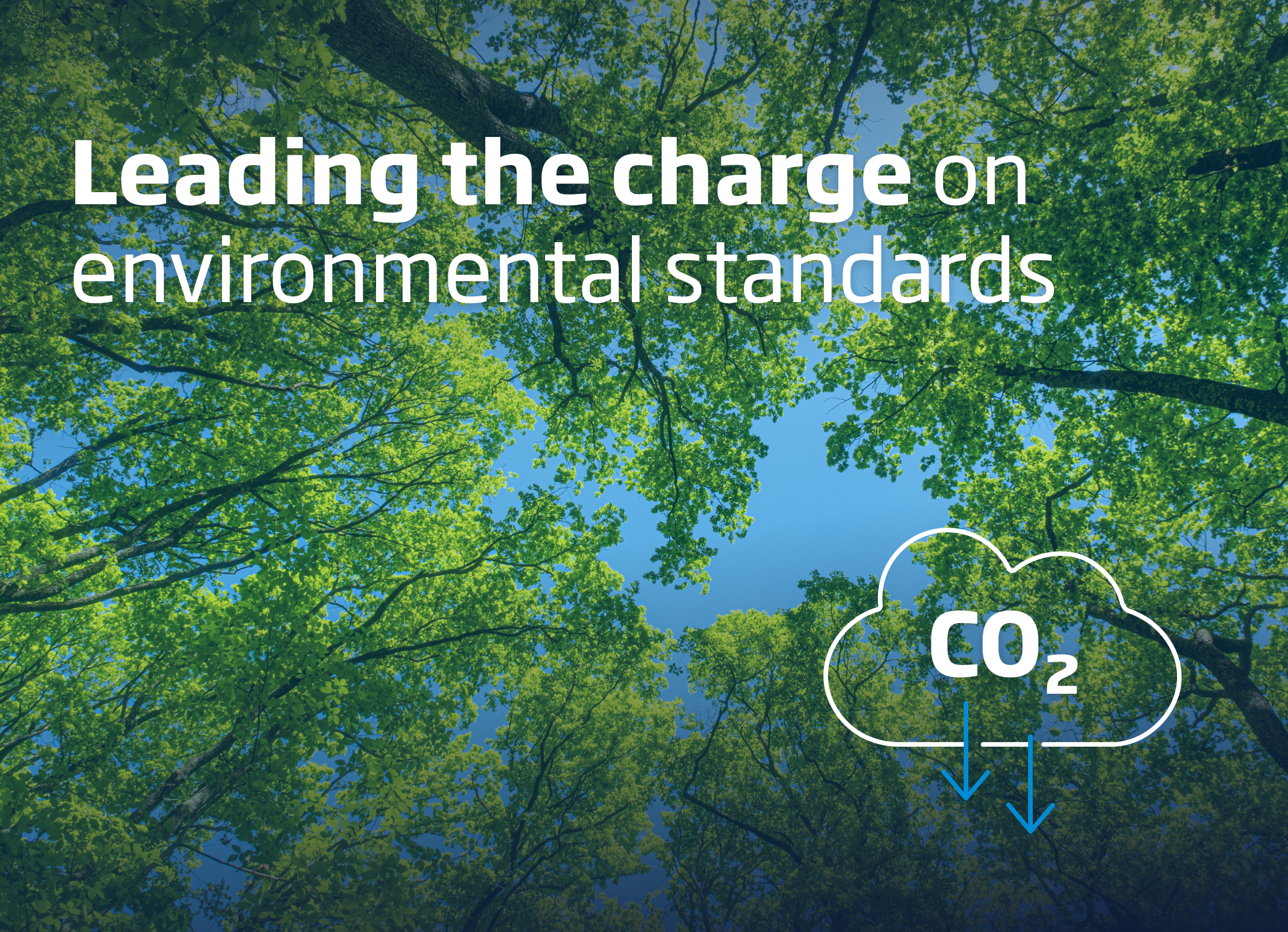World Standards Day: Trinasolar Leads the Way in Tackling Climate Challenges Through Global Standardization
- 24/11/07
- Innovation and Advance,Business of Solar,Industry News,Panel Talk and Technology,Responsible Earth,Trina Success
This past October marked the 55th World Standards Day, a moment to reflect on the crucial role that consistent, global standards play in addressing today’s most pressing climate challenges. This year’s theme, “Standards for the Changing Climate,” speaks directly to the heart of the renewable energy sector—where innovation, efficiency, and sustainability are all tightly connected by the thread of standardization.
At Trinasolar, we know that achieving meaningful change in the energy landscape isn’t just about breakthrough technologies—it’s about making sure those technologies are safe, scalable, and accessible worldwide. For us, standardization is more than a technicality; it’s a cornerstone of the energy transition.
How standards drive innovation and the Energy Transition
Over the years, Trinasolar has actively participated in the development of 220 international and Chinese standards. A recent highlight is our work on the “Testing Methods for Intelligent Tracking Performance of Photovoltaic Trackers,” setting benchmarks that help the entire industry evaluate tracker performance more consistently and efficiently.
But it doesn’t stop there. In 2021 and 2023, we spearheaded efforts with industry peers to standardize the dimensions of 210mm solar modules. Why does this matter? Standardizing module sizes reduces complexity for manufacturers and installers alike, making deployment faster and more cost-effective.
And while it might seem small, optimizing the size of our 210R rectangular modules has a surprisingly big impact on reducing greenhouse gas emissions. By maximizing container space for shipping, we’re cutting down on unnecessary emissions from transport, which is no small feat considering that global shipping accounts for about 3% of global GHG emissions. Every bit helps in the fight against climate change.
Leading the charge on environmental standards
At Trinasolar, we’re not just focused on our products—we’re looking inward to make sure our own operations are as green as possible. Our goal is ambitious: to reduce greenhouse gas emissions intensity by 50% by 2025. We’re using internationally recognized ISO 14064 standards to track our progress, and our facilities are leading by example. Our Yiwu facility, for instance, has earned a four-star “Zero-carbon Factory” certification, while our Yancheng Dafeng plant is certified for both zero-carbon and zero waste landfill operations.
And we’re not stopping there. In 2024, every module in our Vertex, Vertex N, and Vertex S+ series received carbon footprint certification from international agencies, setting a new standard for how solar panels should perform—not just in the field but across their entire lifecycle.

Safety first: protecting people and the planet
Safety has always been a top priority for Trinasolar, because we know the energy transition can’t be sustainable unless it’s safe. In 2024, our Trina Storage products were recognized for their robust safety standards, including certifications for battery cell safety, system-wide performance, thermal runaway prevention, and fire safety. These certifications ensure that even under extreme conditions, our products remain reliable and secure.
Standardization as a global unifier
In the end, clean energy is more than just a technical solution—it’s a global commitment to a shared, sustainable future. Standardization is the bridge that connects innovators, regulators, and communities worldwide, enabling us to tackle the climate crisis together.
At Trinasolar, we’re proud to be part of this collective effort, and we remain dedicated to ensuring that every product we develop and every standard we set moves us one step closer to a greener, more sustainable world.
Learn more at Environmental Benefits of Solar Energy | Trina Solar


